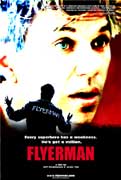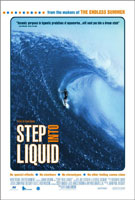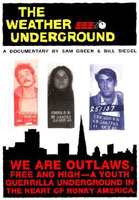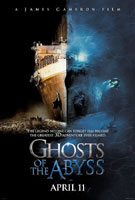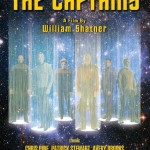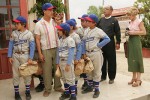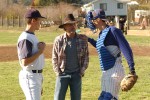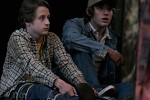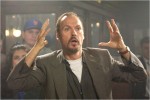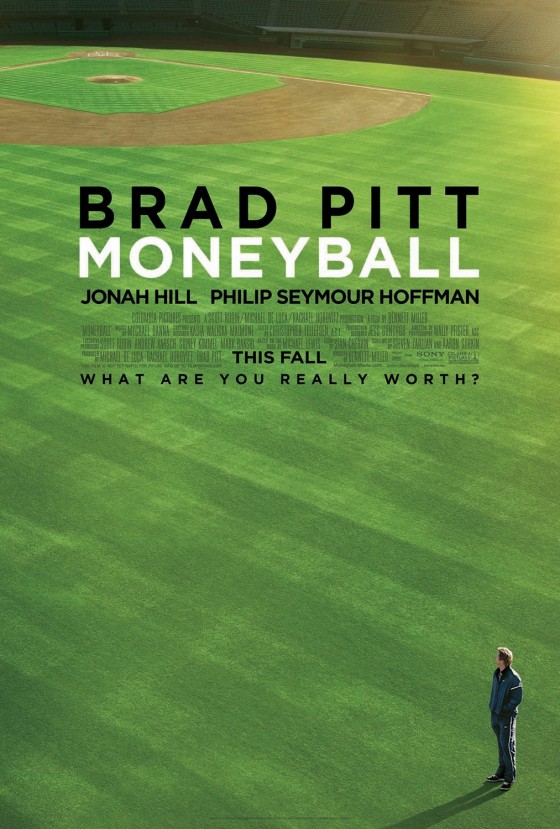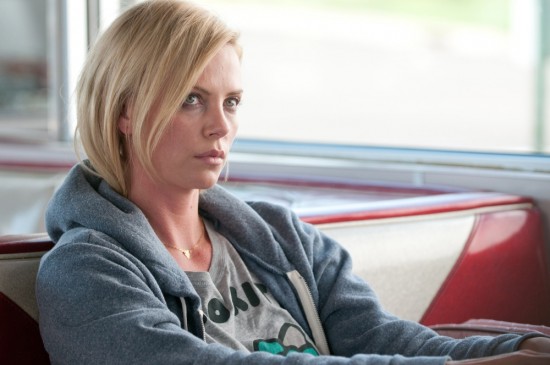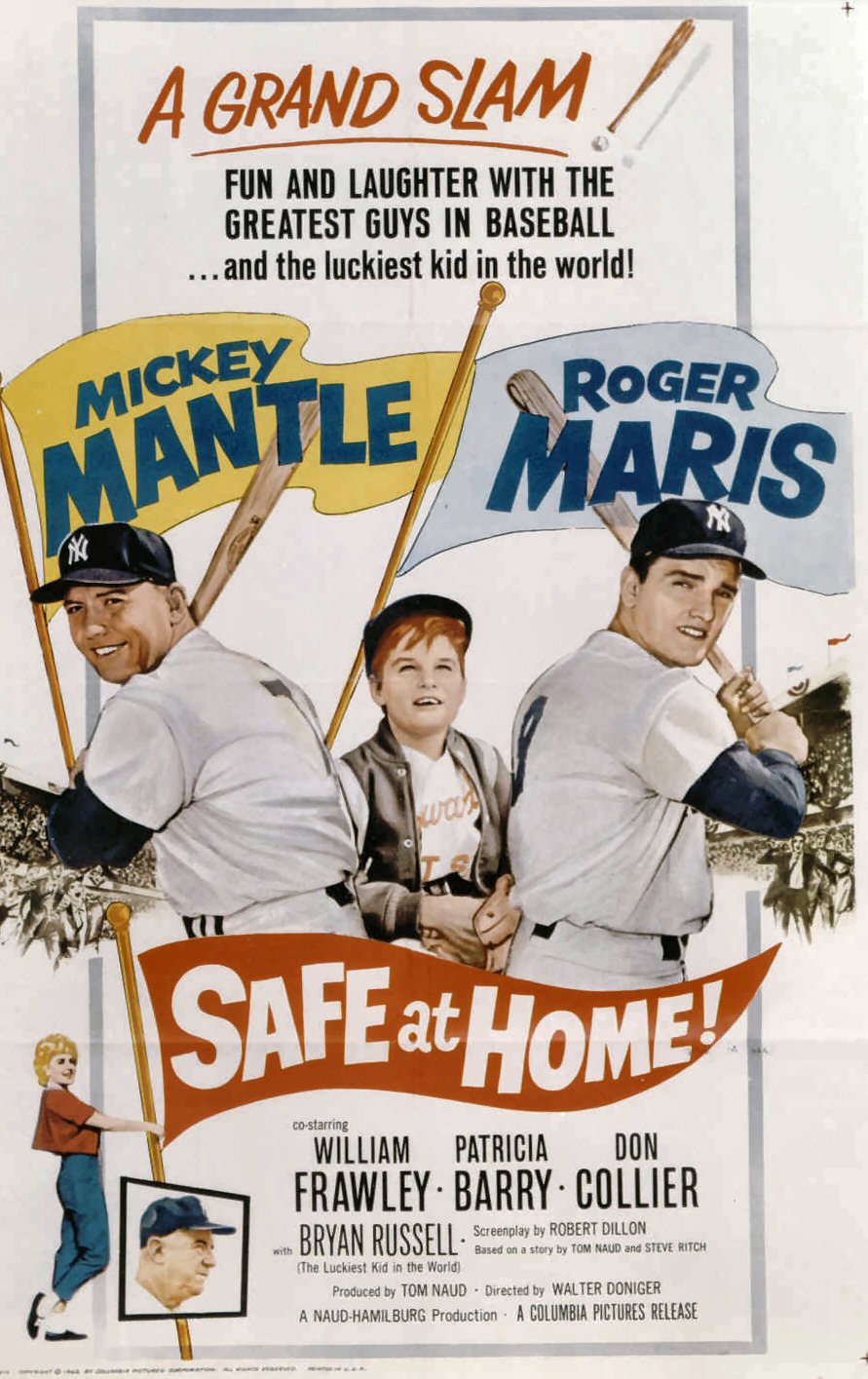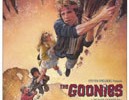Some of the world’s biggest disasters could have been prevented: the sinking of the Titanic, Chernobyl and Battlefield Earth. Go back in time even farther and you’ll come across the 1889 flood of Johnstown, Pennsylvania where approximately 3,000 people lost their lives.
During the latter part of the 19th century, Johnstown was a thriving industrial city. But as the city grew, so did the corporate attitude of entitlement. This led to a neglect of the local dam that swelled in the months leading up to the flood. Finally, on May 31, 1889, the dam burst, sending a 40-foot wall of water thundering down towards Johnstown at a speed of 40 miles an hour, and wiping out everything and everyone in its path. The flood waters ripped right through the heart of Johnstown, leaving behind a city that could never again prosper like it once did.
Johnstown Flood is a more interesting approach to learning about history than mulling over a bland textbook or reading a long academic essay. It’s a documentary that takes a more modern, dramatic approach to presenting information when you compare it with the old, monotone-narrated reels I used to have to suffer through in school. This filmic approach takes many forms. Some of them work, others don’t.
At the forefront is the film’s narration from Richard Dreyfuss. Combined with some solid and colourful writing, Dreyfuss’s voice relays facts and numbers, drawing out the tragedy as it unfolds. He is the kind of storyteller you want around a campfire. He puts fourth emotion in his reading but he doesn’t overdo it either. Another approach puts costumed actors in front of the camera to read diary recounts being These give a voice to the long-dead Johnstown survivors and those who were otherwise involved in the tragedy. Shot in black and white, often before a black background, this gives a first-person witness’ perspective complete with 110-year-old slang and syntax.
But when Johnstown Flood switches gears to short skits, this is where things falter. In switching from documented facts to interpretations, there’s always a question of how true-to-life these skits are. While I understand the idea was to make it more exciting, I had no problem with the way everything else was presented. Despite Dreyfuss’ narration being illustrated by simple drawings and stock footage, the way Mark Brussler edits it all together gave enough suspense and drama that the re-enactments weren’t necessary. For instance, when the flood finally happens, he puts together a fast montage of water shots that recreate a feeling of terror and anxiety that would like have been felt by those witnessing the mass destruction.
Johnstown Flood is the kind of movie I wouldn’t have minded watching in school. It concurrently educates and entertains. While it’s not perfect, it’s still a worthy introduction to an American tragedy.
Trailer
